We recently connected with Rafael Navarro and have shared our conversation below.
Rafael, thanks for taking the time to share your stories with us today How did you learn to do what you do? Knowing what you know now, what could you have done to speed up your learning process? What skills do you think were most essential? What obstacles stood in the way of learning more?
I am mainly a self taught artist, I took some art classes at several community college in Arizona, but most of all I have learned by actually doing the work, I have worked as an assistant for other artists for a number of years, I learned a lot from them and for that I am very grateful, I have also learned many skills and techniques by experimenting on my own, I would check out books from the library. It’s very important to stay curious, learning is a lifetime process.
How could I have speed up the learning process? I wish I had started earlier with a more formal art education, but as a child I had limited resources I did what I could on my own, also I wish I had a mentor early in life, that’s something I can’t change. What skills have been more essential? Listening, and staying curious..


Great, appreciate you sharing that with us. Before we ask you to share more of your insights, can you take a moment to introduce yourself and how you got to where you are today to our readers.
I was born in Mexico City, I studied veterinary medicine from the Universidad Nacional Autonoma de Mexico (UNAM), in Mexico City, but my true passion always has been to become an artist. Ever since young age I enjoyed making things with my hands, my favorite toy was modeling clay, I spent long hours making figures and play with them, kneed that clay in a ball at the end of the day and start over the next day.
I moved to Arizona by the end of 1989 after graduating from college, I took a few art classes from community college, that gave me the confidence to create. I received encouragement from some friends to apply for art shows, at that time I was making small sculptures with paper mache for the day of the dead, and like that I got my first show in a small gallery in Tucson. After that you just have to keep going and stay consistent.
I do painting and sculpture, but I have done other things like printmaking, metalwork and jewelry. My work has been mostly related to music, and musical instruments, mainly string instruments, but I do like to explore other subjects and ideas, I switch back and forth between themes, I jump back and forth between two-dimensional and tree-dimensional work, I like to be flexible and explore my ideas as much as I can.. Having a studio has been important, my studio started in the kitchen of my first apartment, and that’s OK, if you want to create art, you will create it anywhere, later on I found a live-work studio where I would bother nobody because I was there very much by myself, where I was able to work long hours at any time of the day or night. How do you get involved into the art world? Well, you start applying to shows, you’ll get many many rejections, but you’ll get some acceptances too, I know, rejections can hurt, but you put that behind and try again. You attend as many art openings as you can and talk to people, you have to represent yourself and your work, and later on you’ll start getting invitations to show your work, networking is important
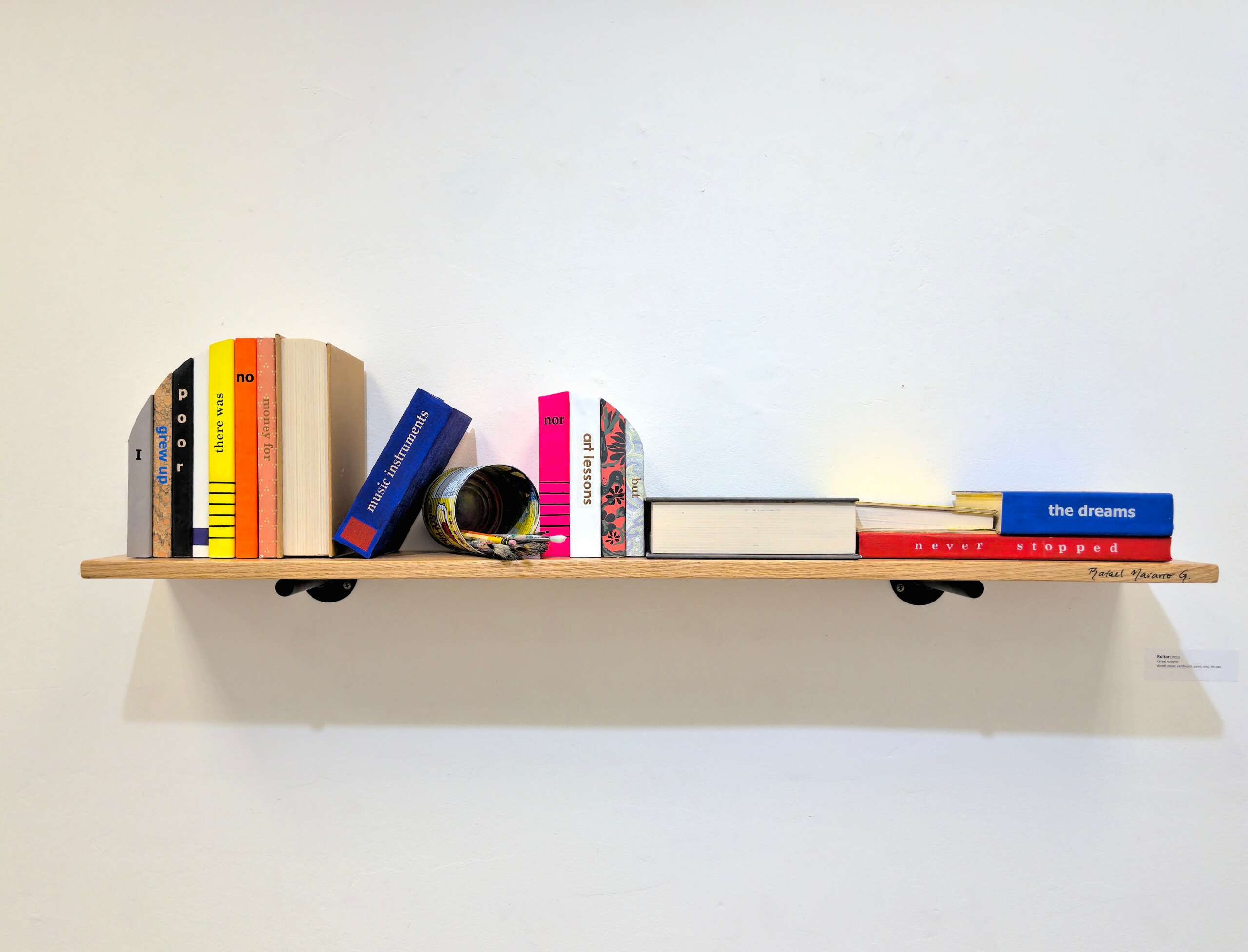

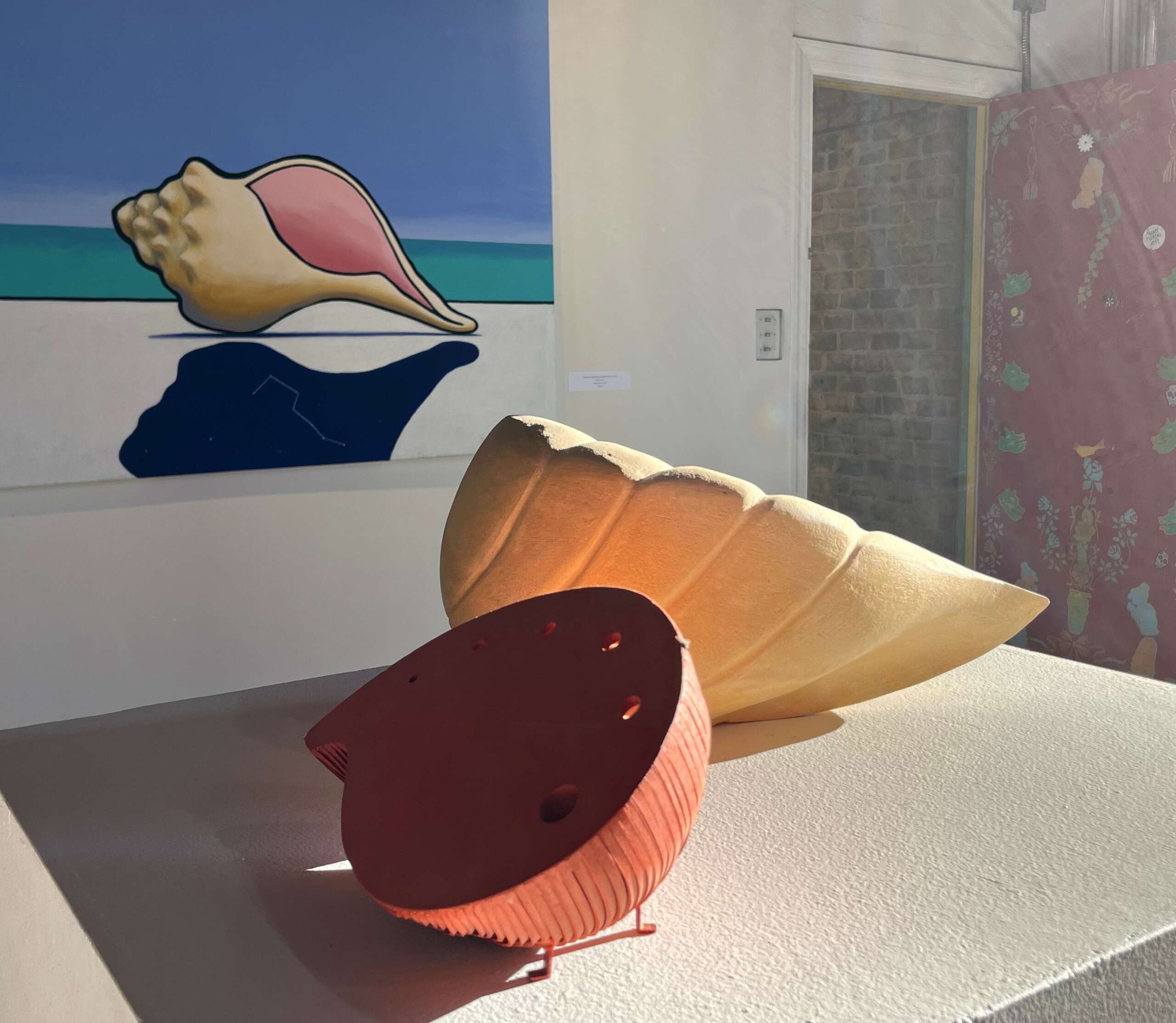
For you, what’s the most rewarding aspect of being a creative?
The most rewarding of being an artist for me is to be able to connect with others human beings through my art, It’s amazing to see people spend some time looking at my work with curiosity, and smile, There are other rewarding moments like being able to bring into reality my ideas, to create something from simple materials.
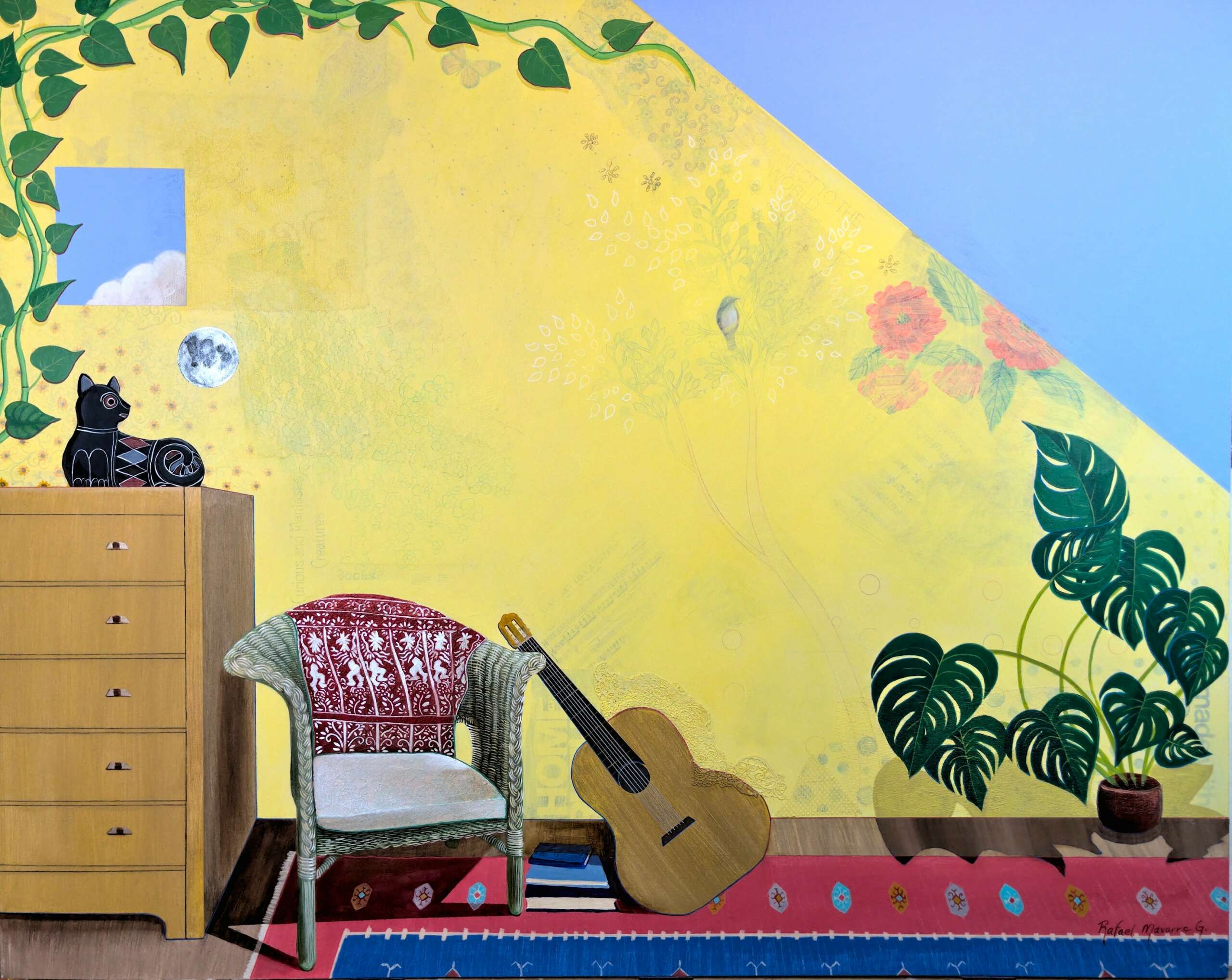
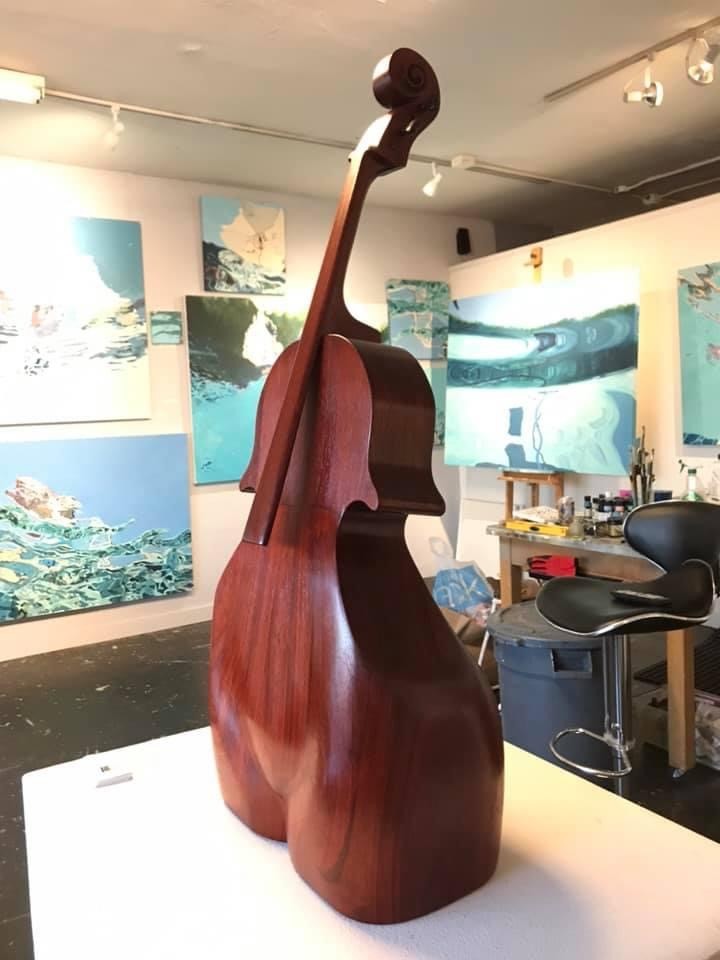
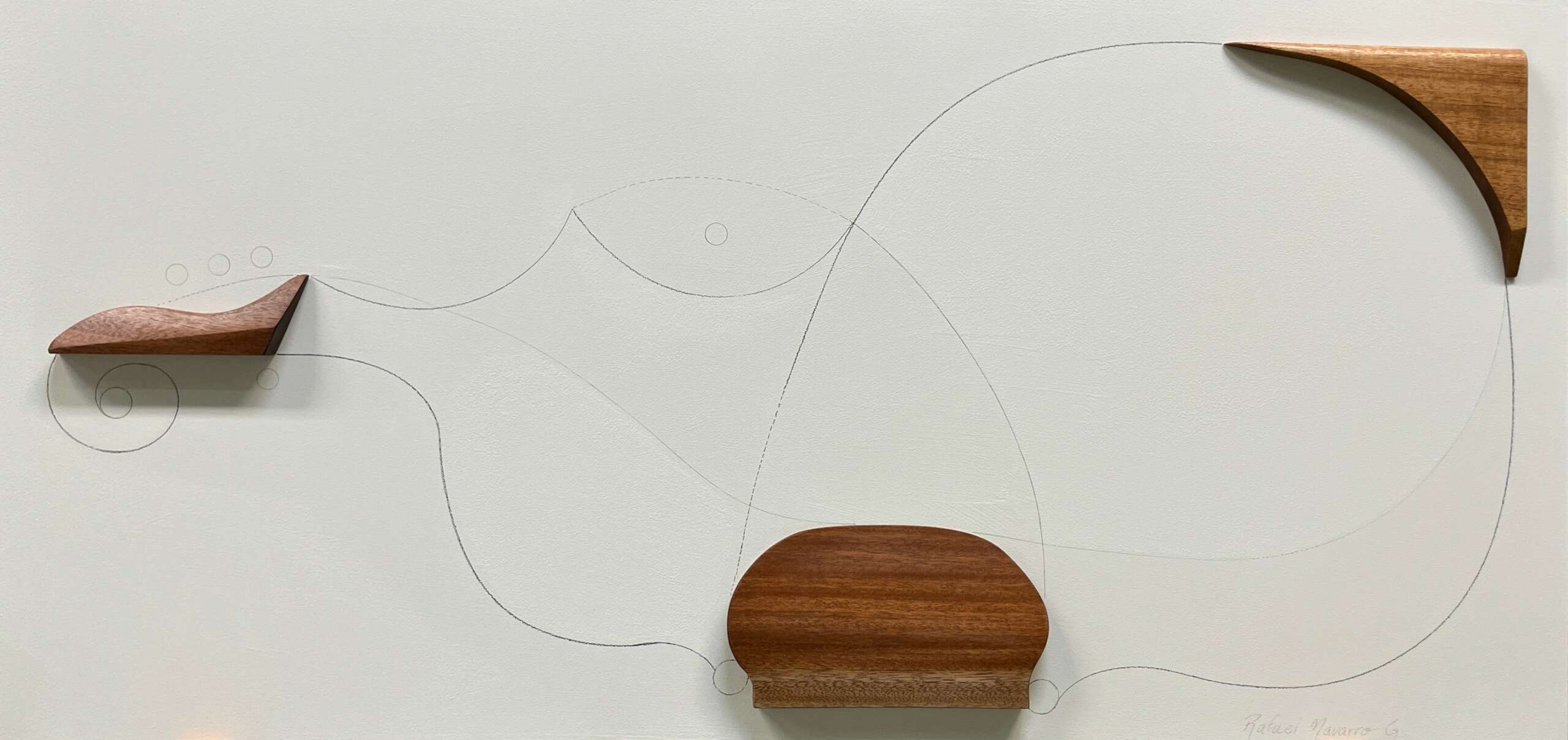
Let’s talk about resilience next – do you have a story you can share with us?
Being an artist hasn’t been easy, but when you have this burning desire to make art, you will make it happen. I remember back then when I started my journey, I wanted to take my first sculpture class at Phoenix College, I did signed up for an evening class. and unexpectedly my car broke, Nothing was going to stop me on taking that class so I had to ride my bicycle about 9 miles to my day job, then ride to my class with a duffel bag full with some of my sculpture materials on my bicycle rack, my class would end around 10pm, and then ride back home another 9 miles. One of the characteristics of most artists is the ability to come up with creative solutions to problems, that’s what artists do every day in their art practice, to solve problems.
Contact Info:
- Website: https://www.rafaelnavarroartes.com/
- Instagram: https://www.instagram.com/rafael_navarro_artes/


